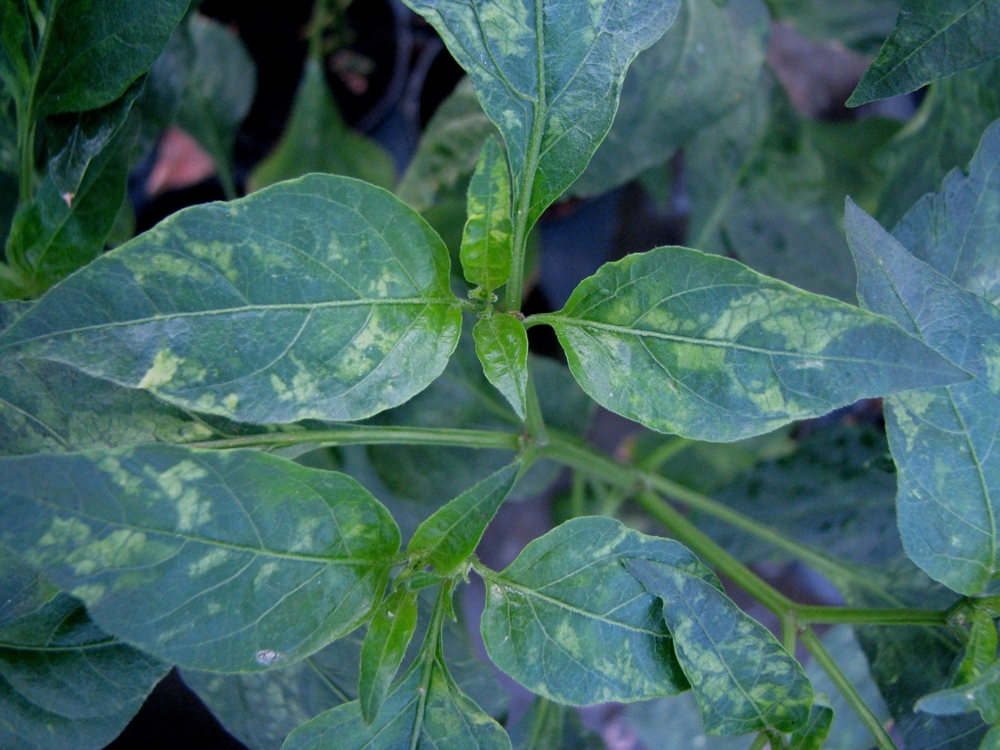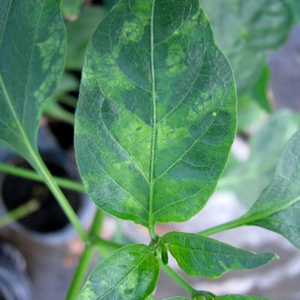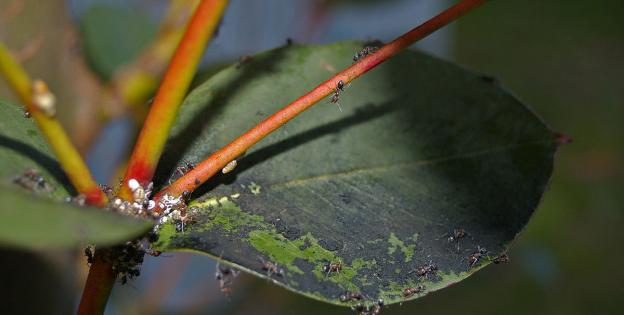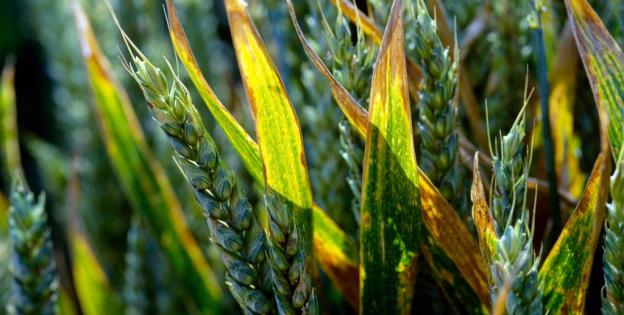- In previous articles, we’ve looked at how to identify and control the pests and diseases that most commonly affect cannabis plants.
- In most cases, plant problems can be addressed in a number of ways. However, there is one type of plant disease that is still a great mystery both to growers and to the scientific community: plant viruses.
- In this article, we shed some light on how plant viruses infect plants and reproduce, despite the mystique around them and the lack of a clear explanation for why they emerge.

What are plant viruses?
Plant viruses are viruses that affect plants, either as living organisms or as chemical substances. Shrouded in mystery, the international scientific community has always favoured animal research over plant research because of the similarities between some animals and the human organism.
Plant viruses are intracellular parasites that need a host in order to replicate. Their development is often aided by a viral vector, an intermediate organism that transports the virus from an infected to a healthy plant with fresh host cells.
Frequent viral vectors include insects, mites, other plants, animals and humans (growers and visitors). Often, it is the cannabis pests themselves – e.g. aphids, whiteflies, thrips and spider mites – that transmit the virus.
Once a virus enters a host cell, it gets rid of its protein coat and starts to reproduce, forming new protein cells responsible for transporting the virus from cell to cell in the host plant.
Most viruses affect only a limited number of plant species, meaning that each virus type requires a specific type of host cell in order to reproduce. As a result, cross-species contamination is largely reduced. This, however, does not mean you can let your guard down, as some viruses can infect a sizeable group of plant species.
What viruses attack cannabis plants?
Out of the 900 plant viruses that have been described, only a limited number has been studied for cannabis, and so far just two cannabis-specific viruses have been identified: the hemp streak virus (HSV) and the hemp mosaic virus (HMV), whose spread is facilitated by viral vectors including aphids and whiteflies.

While it primarily affects tobacco, the tobacco mosaic virus (TMV), too, is believed to be harmful to cannabis plants. The theories behind this link are not fully proven, but should not be ruled out considering the hemp mosaic virus is actually the cowpea strain of TMV.
The tobacco mosaic virus is one of the commonest viruses affecting plants. It is a thermostable virus that can withstand temperatures as cold as 4 ºC, meaning it can reproduce in virtually all botanical gardens and greenhouses, as these are typically rich in plant species and provide the ideal climatic conditions – i.e. low humidity and high temperatures – for virus spread.

TMV is made up of a protein coat consisting at least 2,000 protein molecules and a unified, thread-like RNA molecule. Once the virus attaches to a host cell, the protein coat breaks down and releases the RNA, enabling the replication of the viral genome.
TMV symptoms include interveinal chlorosis on young growth – not to be confused with a nutrient deficiency – heavily contrasting dark and light spots and wrinkling, slightly lumpy leaves that get worse as the disease progresses.
In hot, dry climates, the base of the plant weakens rapidly, showing necrotic spots and growth becoming stunted.
Also believed to affect cannabis plats are the tobacco streak virus (TSV), the tobacco ringspot virus (TRSV), the alfalfa mosaic virus (AMV) and the cucumber mosaic virus (CMV), which spread aided by viral vectors like seeds and aphids.
Completing the list is the arabis mosaic virus (ArMV), which spreads through seeds and nematodes and can cause asymptomatic infections with no visible signs on the plant.
How to prevent plant viruses in cannabis plants

As you've probably guessed, plant viruses are hard to control. The best way to prevent their occurrence is to keep the grow room thoroughly cleaned and well-ventilated, as this will help you create the right environmental and climatic conditions not only to reduce the presence of viruses but also to keep viral vectors at bay.
Burdensome as it may seem, scrupulous hygiene – of the grow room, growers and visitors – is the most effective approach to prevent infections, so make sure you stick to a regular cleaning routine and always change your clothes before entering the grow room.
A chemical control method that seems to help is sodium hypochlorite (1%). If the infection affects seeds, you can try to soak them in water at 80 ºC for 24 hours or in a sodium triphosphate solution.
Happy growing!





Comments from our readers
There are no comments yet. Would you like to be the first?
Leave a comment!Did you like this post?
Your opinion about our seeds is very important to us and can help other users a lot (your email address won't be made public).